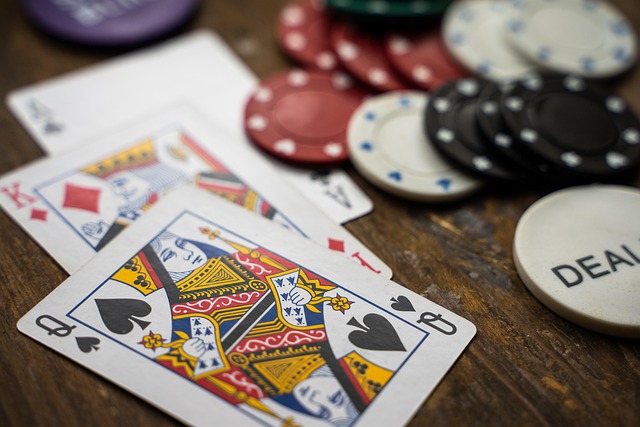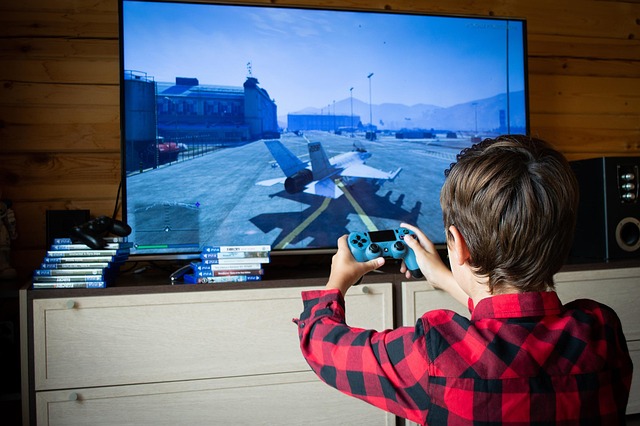Game design excels through theming and mechanics synergy. Board size and shape tailor player experience, from strategic depth to portability. Layouts blend visual appeal with mechanics for immersive engagement. Piece design aligns aesthetics with theme and mechanics, encouraging interactive learning. Clear rules and objectives guide players' actions, shaping board layout and mechanics. Integrate STEM, storytelling, cyberbullying prevention for compelling games.
Designing a captivating game board is an art that blends creativity with strategic thinking. This comprehensive guide will walk you through each step, from establishing a compelling game theme and mechanics to crafting engaging pieces and setting clear rules. Discover the ideal board size and shape, explore intriguing layouts, and learn how to create a balanced yet captivating gameplay experience. Elevate your game design skills and bring unique gaming experiences to life!
- Define Game Theme and Mechanics
- Determine Board Size and Shape
- Create Intriguing Board Layout
- Design Engaging Game Pieces
- Incorporate Rules and Objectives
Define Game Theme and Mechanics

Defining the game’s theme and mechanics is a fundamental step in the design process. The theme sets the stage for the entire gaming experience, influencing everything from aesthetics to player interaction. For instance, a game themed around medieval fantasy might feature dragons, knights, and castles on the board, evoking a specific world for players to explore. This theme should resonate with the target audience, offering a relatable and engaging backdrop.
Mechanics, on the other hand, are the rules and actions that drive gameplay. These could include rolling dice, drawing cards, or moving pieces across the board based on player choices or random events. Incorporating gamification strategies like point systems, challenges, and rewards can enhance engagement while promoting study habits improvement. By effectively blending a captivating theme with engaging mechanics, game designers create an immersive experience that appeals to players’ interests and encourages active participation, ultimately showcasing their creativity in the process. Find us at digital storytelling for more insights into crafting exceptional gaming experiences.
Determine Board Size and Shape

When designing a game board, one of the initial and crucial steps is to decide on the size and shape that best suits your game. The dimensions will significantly impact the overall player experience, affecting both the physical interaction with the board and the strategic depth of the gameplay. For instance, a larger board can accommodate more complex layouts and diverse terrain, fostering intricate problem-solving techniques as players navigate different areas. Conversely, smaller boards might be ideal for quick, portable games, focusing on sharp turns and instant decision-making.
Consider the number of players your game anticipates and how their interactions will occur on the board. For instance, cooperative games may benefit from a larger space to represent various challenges, encouraging collaboration and digital literacy skills in tracking progress. In contrast, competitive games might opt for a more compact design, enabling quicker turns and intense strategic conversations. The shape of the board can also be a creative choice, ranging from traditional squares to circular or even irregular layouts, each presenting unique opportunities for gameplay dynamics and adding an artistic touch that captivates players, just like public speaking tips that engage audiences with visual aids. Visit us at social studies scenarios anytime for more inspiration.
Create Intriguing Board Layout

Creating an engaging and unique board layout is a pivotal step in designing a captivating game. The visual appeal should complement the gameplay mechanics to provide players with an immersive experience from the moment they lay eyes on it. Consider incorporating contrasting elements, such as open spaces and dense areas, to create a dynamic terrain that mirrors the challenges within the game itself. This could be translated into various themes, from ancient civilizations to futuristic digital realms, each offering distinct navigation paths and secrets to uncover.
Think beyond traditional grids or straightforward paths. Experiment with irregularly shaped board pieces, interconnected nodes, or even modular components that allow for adaptable layouts. This flexibility not only enhances replayability but also encourages strategic thinking among players. By creating a visually intriguing and thematically cohesive board, you subtly nudge players into active engagement, making it an enjoyable experience that extends beyond the game’s duration—a valuable tool in promoting positive interactions, whether it’s combating cyberbullying prevention or improving study habits through interactive learning, even while fostering personalized education through diverse gameplay scenarios. Find us at digital citizenship lessons for more innovative ideas.
Design Engaging Game Pieces

Designing engaging game pieces is an art that can significantly enhance your game‘s appeal and replayability. Consider the theme and mechanics of your game when creating pieces that not only look visually appealing but also serve functional purposes. For instance, if your game involves strategy and resource management, design game pieces that represent different resources or units in a way that encourages strategic thinking. Think about shape, color, and size to create distinctive pieces that players will enjoy interacting with.
Interactive tutoring and digital research skills can be incorporated into the design process by including features that prompt players to learn and explore. For example, each game piece could include QR codes or augmented reality elements that, when scanned, offer public speaking tips or additional information about the game’s lore. This blend of play and learning adds depth to your game, making it more than just a pastime—it becomes an educational experience that players will remember long after they’ve put down the board.
Incorporate Rules and Objectives

When designing a game board, defining clear rules and objectives is essential for an engaging and meaningful experience. These elements form the backbone of your game, guiding players’ actions and decisions throughout their journey. Start by outlining the primary objective—is it to reach a specific destination, collect items, or outmaneuver opponents? This central goal will shape every other aspect of the board, from space arrangement to card mechanics.
Incorporating educational elements like STEM curriculum integration and real-world applications can elevate your game design. Consider how players might solve problems, conduct experiments, or explore scientific concepts as part of their gameplay. Additionally, including creative writing prompts encourages imaginative storytelling, allowing players to weave narratives around their in-game experiences. For unique ideas, give us a call at cyberbullying prevention—this pressing issue offers rich material for crafting games that both entertain and educate.
Designing a captivating game board involves a thoughtful blend of creativity and strategic planning. By defining a compelling theme and mechanics, selecting an appropriate board size and layout, crafting engaging pieces, and establishing clear rules and objectives, you can create an immersive gaming experience. Each element contributes to the overall allure and playability of your game, ensuring players are drawn into a dynamic and enjoyable journey from the moment they lay their hands on it.

Leave a Reply